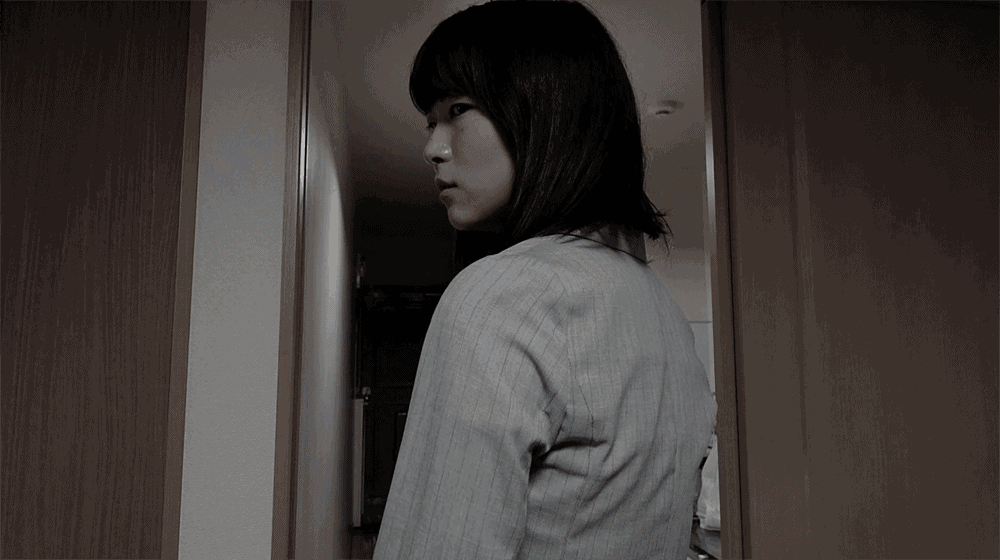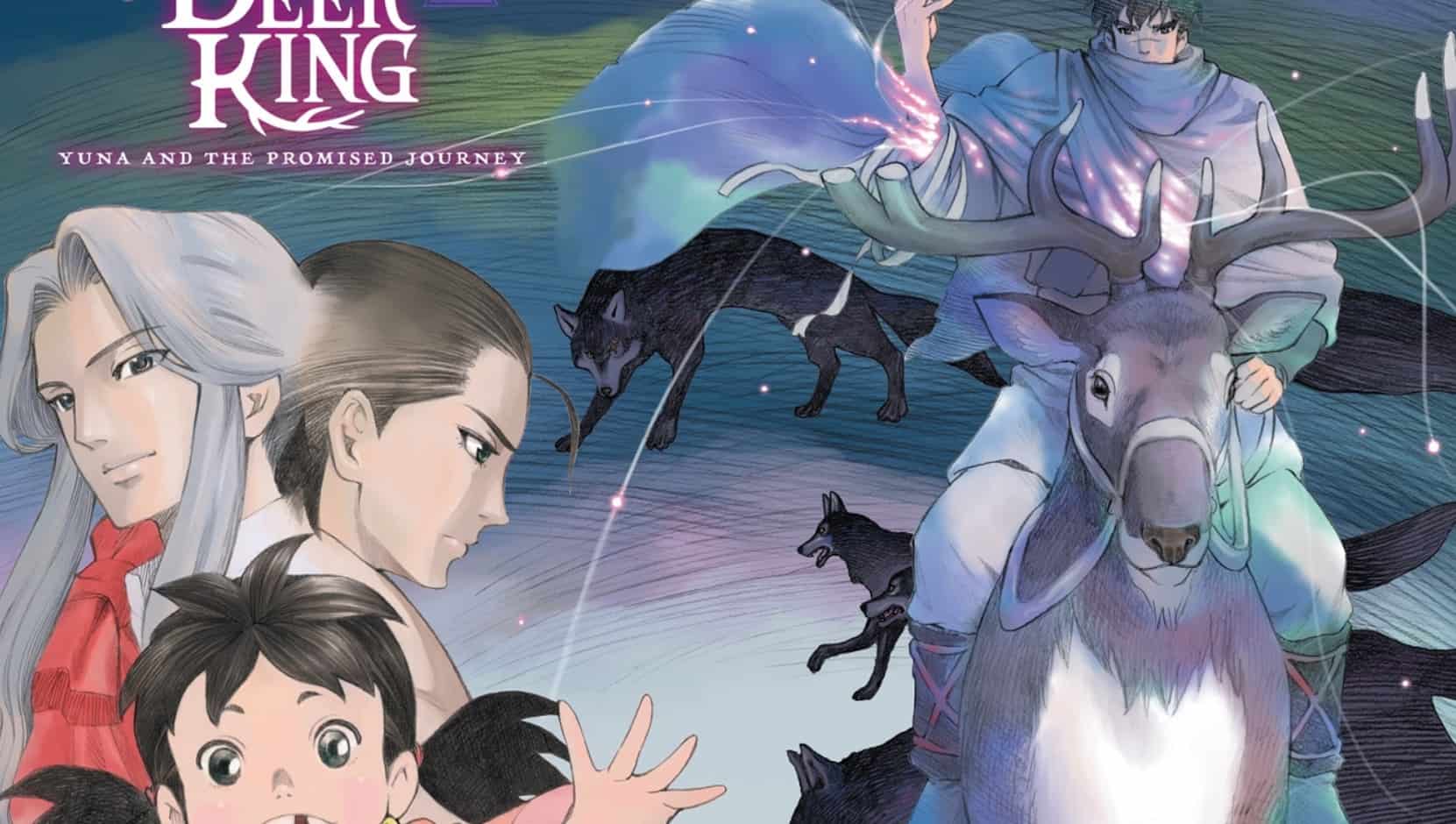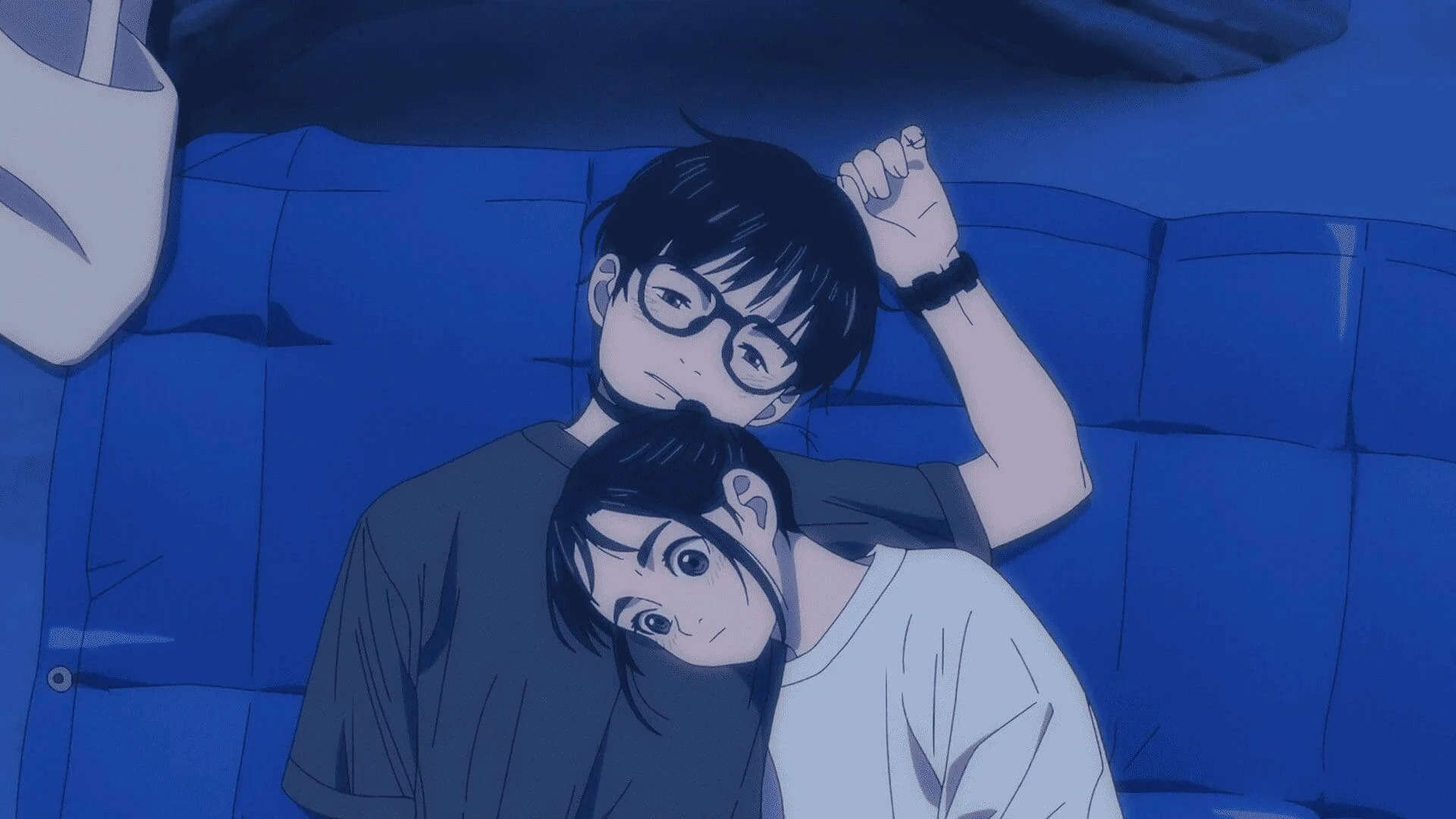“The vile Aria Roscent is sentenced to execution for her cruel and vicious misdeeds against her angelic half sister, Mielle. Even Aria herself believes it's what she deserves—until Mielle gleefully reveals that she was the true mastermind all along. The helpless Aria makes a final, fervent wish for a chance to redo everything just as the blade swings down…and snaps to attention at the dining room table as her fourteen-year-old self! Armed with knowledge of what's to come, Aria's ready to turn the tables on Mielle!” (Ize Press)
The formula of being reborn to seek revenge is one of the more overplayed hooks in manhwa and manga–albeit it is a cathartic one that quickly pulls readers into the story by its sensational nature. Still, to thrive in a crowded genre and be worthy of further discussion, a book must offer a unique edge or do an exceptional job. “The Villainess Turns the Hourglass” has inklings of being remarkable, with many positives shining through in the inaugural volume.
“The Villainess Turns the Hourglass” most engaging and entertaining aspect comes from how revenge is planned out through passive-aggressive actions and words. Leaning on the experience of her past life, Aria can ensnare her wicked sister Mielle in simple traps to wear down her pride and previous impenetrable status as the idyllic young noble. Actions like making Mielle accidentally recite a taboo verse of a poem or pointing out a shortfall of a fashion trend her sister fawns over, become gleeful transgressions for Aria to celebrate. It is the simplest revenge, but it's rewarding and always moving toward the bigger picture of destroying the confidence and reputation of another.
Check also this interview
This approach works so exceptionally well that the lack of action or comedy often standard in the ‘reborn' genre does not feel amiss. Thus far, the work thrives in repetition. Still, “The Villainess Turns the Hourglass” does offer slight appeal beyond the recycled formula, as it nails the historical, with many of the customs feeling archaic yet perfectly romanticized for the genre. The series thrives under the order and traditions it puts forward.
Unfortunately, there is reason to be slightly hesitant about the book's longevity. Aria is undeniably a fascinating protagonist in the meticulous way she plots her revenge. However, her past as a cruel royal is not redeemed by her new approach to winning favor with nobility. Moreover, the virtues Aria displays to others are always underscored by internal dialogue admitting to using and abusing her status to manipulate everyone. Her closest confidants are merely tools to exploit for her grander schemes, maintaining a despicable persona. The manhwa's longevity is limited by Aria's cruel nature, an aspect that hopefully changes in subsequent volumes

Visually, the art by Antstudio is on the more polished side of digital art. This is particularly true of the fashion in the series, which always looks refined and decadent. Moreover, the team does a great job of injecting personality into the backgrounds, with the girl's rooms being depicted as luxurious and ultra-feminine. The characters are aptly expressive and radiate the same beauty as the fashion they wear. The palettes are soft and complimentary throughout, and the panel work is well-placed to offer flair through variety.
One can easily find themselves caught up in the shiny veneer of “The Villainess Turns the Hourglass,” with its sharp visual direction and entertaining use of passive-aggressive etiquette as revenge. However, there is the potential that without a substantial story shift or revelation, one will become numb to this approach. Collectors may want to approach cautiously until a few volumes are released or check out the series in WebToon format before committing.
















